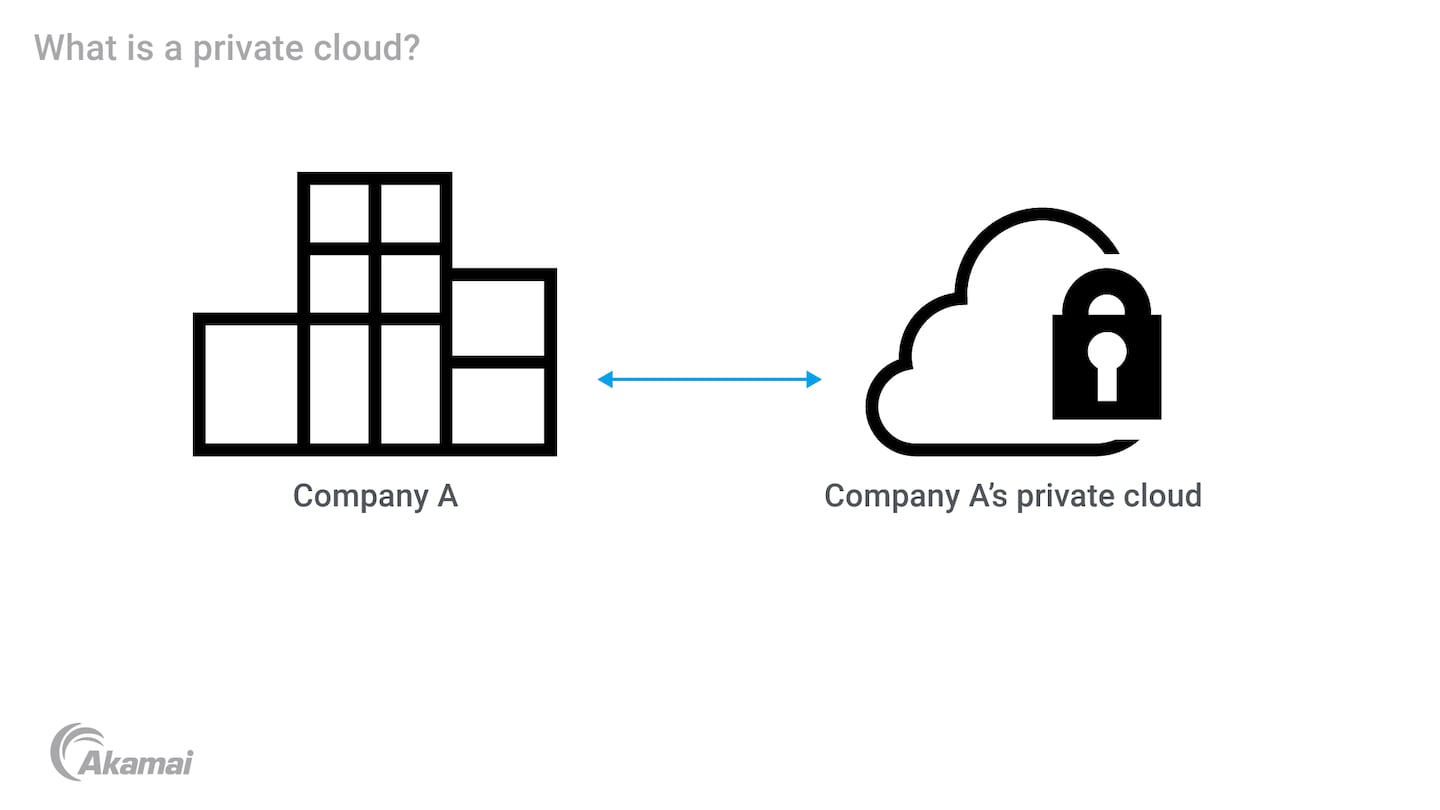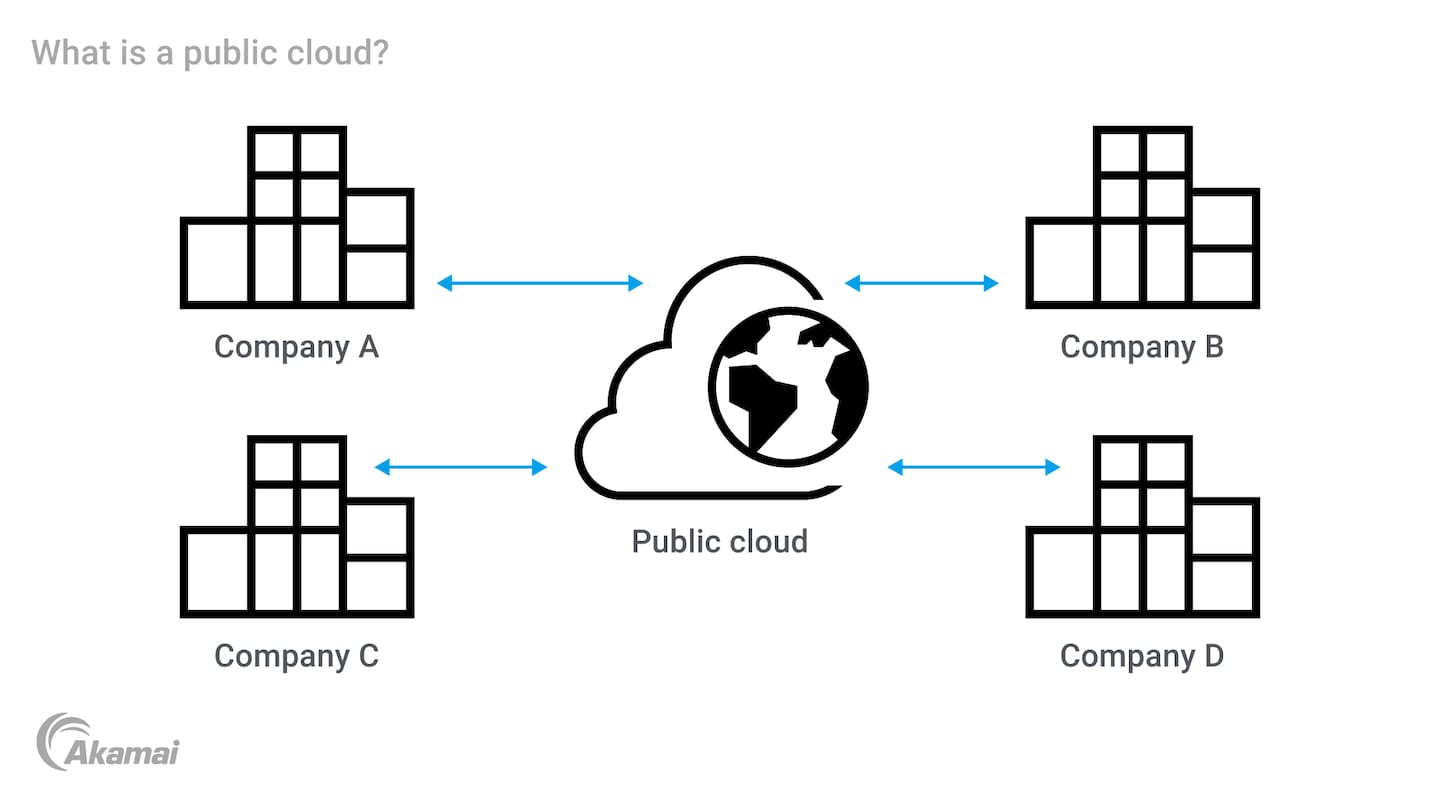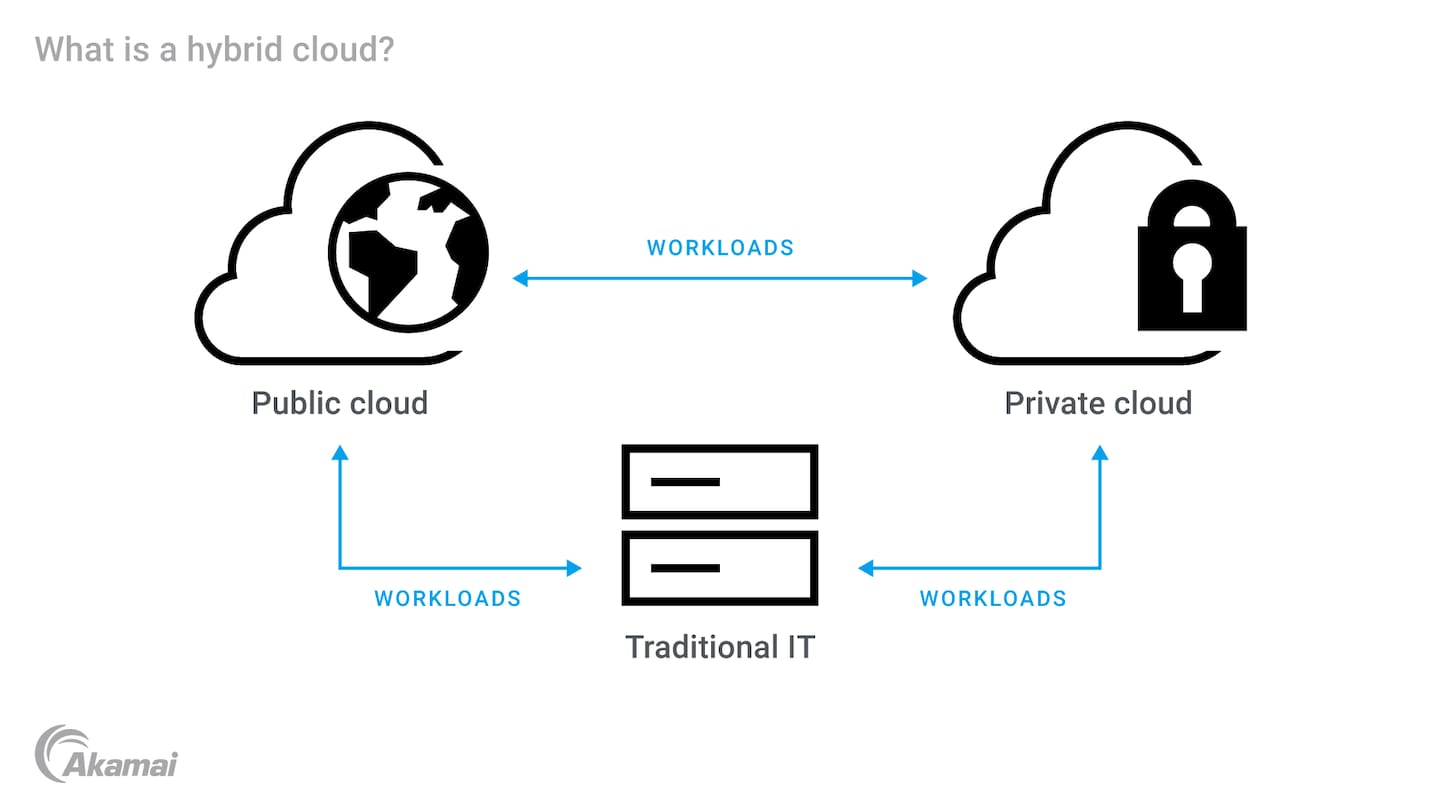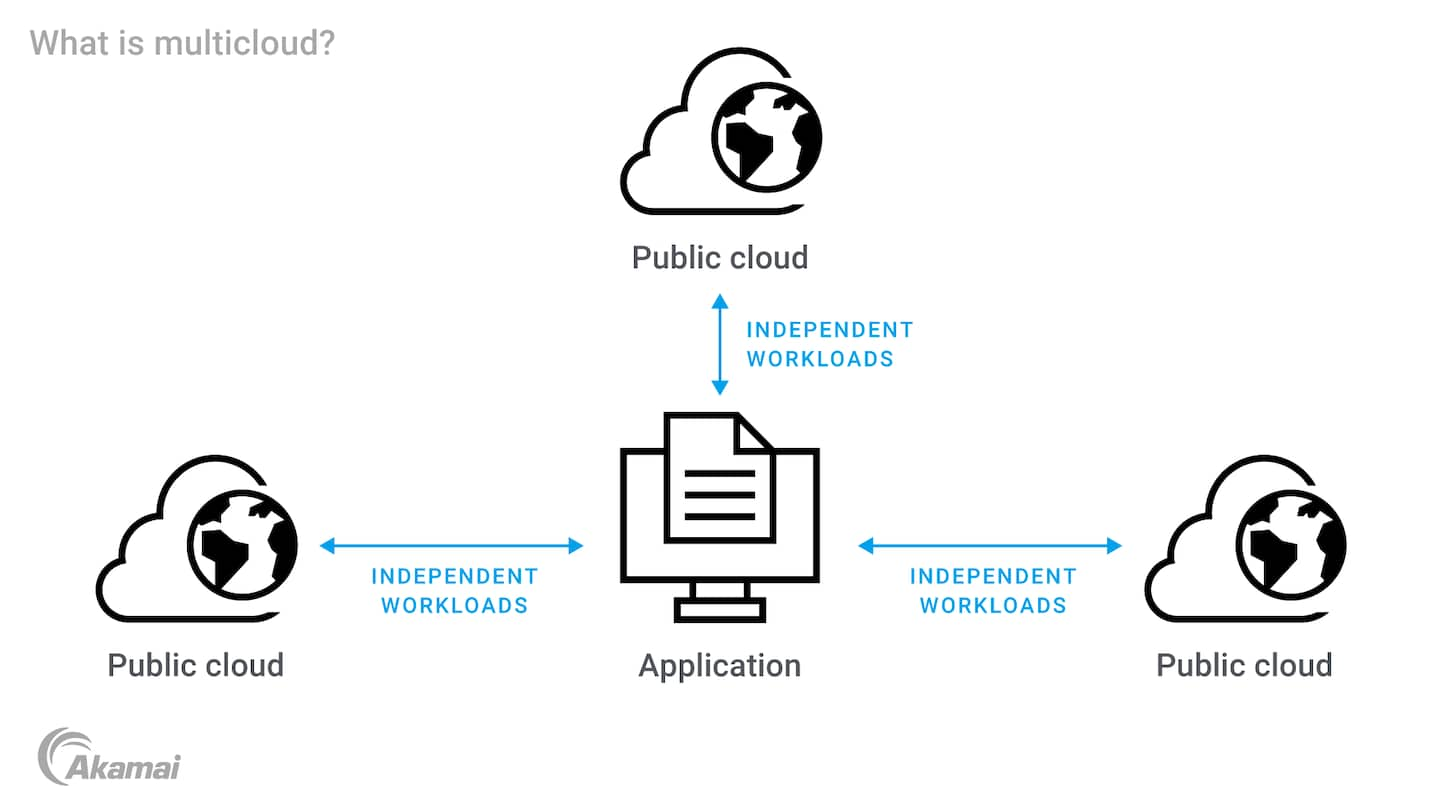Cloud computing is the delivery of computing services — including servers, storage, databases, networking, software, analytics, and intelligence — over the internet (“the cloud”) to offer faster innovation, flexible resources, and economies of scale. You typically pay only for the cloud services you use.
Cloud computing is a model in which a third party enables you to deliver on-demand computing resources over the internet. Instead of managing hardware and software infrastructure, you can access computing resources like virtual machines and storage via a cloud provider.
Before cloud computing, organizations directly invested in expensive hardware and software, and maintained their on-premises infrastructure or worked directly with data centers to colocate their infrastructure. As a result of costly up-front investments and limited scalability, demand increased for a solution that was more affordable, scalable, and easier to manage. Cloud computing offers a range of solutions that fit the bill — from simple, on-demand servers that are quick to provision to third-party–managed platforms that include enterprise-ready services.
There are four types of cloud environments:
- Private cloud
- Public cloud
- Hybrid cloud
- Multicloud
Let’s take a closer look at each.
Private Cloud
A private cloud environment is a type of cloud infrastructure dedicated to a single organization or individual and hosted either on-premises or in a third-party data center. In a private cloud, you (or an organization you work for) have complete control over an application’s infrastructure, hardware, and security. You (or a member of an organization) can access the private cloud over a private network or virtual private network (VPN).
For example, a healthcare provider might use a private cloud to store and process their patients’ medical records. They would have full control over the servers and infrastructure, ensuring that only authorized personnel have access to the data. This also allows them to comply with strict HIPAA regulations and other security mandates.
While private clouds offer more control and security, it’s worth noting that they can be more expensive to set up and maintain than other types of cloud environments.
Public Cloud
A public cloud environment is a type of cloud infrastructure where computing resources are shared among multiple organizations and managed by a third-party cloud service provider. In a public cloud, resources like servers, storage, and networking are owned and operated by the cloud provider, and users can access them on demand over the internet.
Public clouds are often used by businesses to host and scale their applications, store data, and take advantage of other cloud services. For example, a startup might use a public cloud to host their website, databases, and back-end services and processes, and analyze large amounts of data using cloud-based analytics tools.
While there are many benefits to a public cloud, it’s important to be mindful of the potential downsides. Since resources are shared among multiple users, there is a risk of data security breaches and data loss. Public clouds can also be more vulnerable to outages and downtime, as they are subject to network congestion and shared resources.
Hybrid Cloud
A hybrid cloud environment combines private and public clouds that can be managed as one unified environment. In a hybrid cloud, an organization can leverage the benefits of both private and public clouds to meet their specific needs.
Hybrid clouds can provide greater flexibility and control. By using both private and public clouds, organizations can balance the need for security, cost-effectiveness, and scalability.
They can also tailor their infrastructure to specific needs, choosing the right cloud environment for each workload or application.
Hybrid clouds can come with some downsides, too. Managing a hybrid cloud can be costly and complex. You may need to invest in additional tools and technologies to manage your hybrid cloud environment effectively and ensure that the different cloud environments are properly integrated and secure. Maintaining a hybrid cloud often requires extensive infrastructure knowledge, regular testing, and considerable resources.
Multicloud
A multicloud uses two or more cloud providers to create a single, unified environment. In a multicloud, you can use different cloud providers for different workloads or applications so you can take advantage of the strengths of each cloud environment.
Like a hybrid cloud, multicloud allows you to avoid being tied to a single cloud provider, letting you choose the right cloud provider for each workload or application based on cost, performance, and security requirements.
While multicloud can offer greater control, flexibility, and cost-effectiveness than a single cloud environment, managing a multicloud environment can be complex, so it’s essential to ensure that different cloud environments are properly integrated.
Frequently Asked Questions (FAQ)
- Public Cloud: Services offered over the public internet and available to anyone who wants to purchase them.
- Private Cloud: A cloud environment exclusively used by a single organization, offering more control and security.
- Hybrid Cloud: A mix of public and private clouds, allowing data and applications to be shared between them.
- Multicloud: A multicloud environment combines two or more public or private cloud services, enabling organizations to optimize performance, minimize costs, and leverage superior technology.
- Object Storage: Data is managed as objects within a storage repository, ideal for unstructured data.
- File Storage: Data is stored in files and directories, similar to traditional file systems.
- Block Storage: Data is stored in blocks within sectors and tracks, suitable for performance-intensive applications like databases.
- Infrastructure as a service (IaaS): Provides virtualized computing resources over the internet.
- Platform as a service (PaaS): Offers hardware and software tools over the internet, typically for application development.
- Software as a service (SaaS): Delivers software applications over the internet, on a subscription basis.
- Function as a service (FaaS): Allows users to execute code in response to events without the complexity of building and maintaining the infrastructure.
A hybrid cloud is a cloud computing environment that uses a mix of on-premises, private cloud, and public cloud services with orchestration between the two platforms. This model offers businesses greater flexibility by moving data and applications between cloud environments as needs and costs fluctuate.
Why customers choose Akamai
Akamai is the cybersecurity and cloud computing company that powers and protects business online. Our market-leading security solutions, superior threat intelligence, and global operations team provide defense in depth to safeguard enterprise data and applications everywhere. Akamai’s full-stack cloud computing solutions deliver performance and affordability on the world’s most distributed platform. Global enterprises trust Akamai to provide the industry-leading reliability, scale, and expertise they need to grow their business with confidence.





